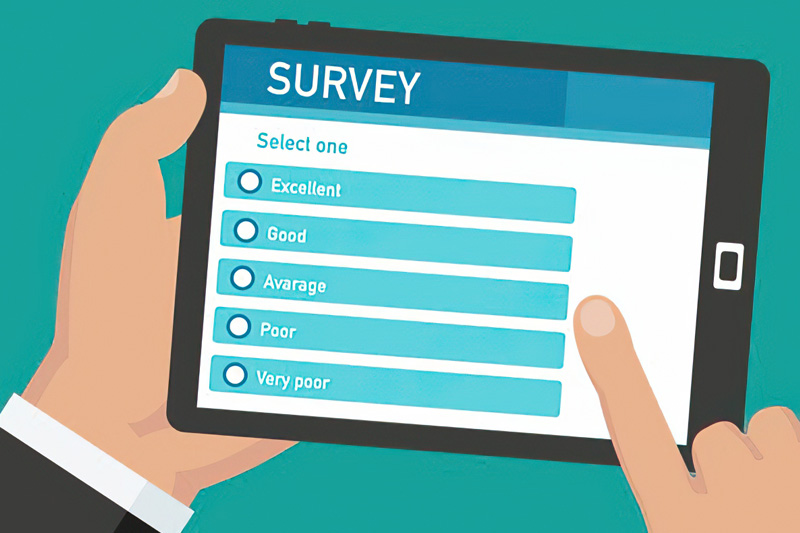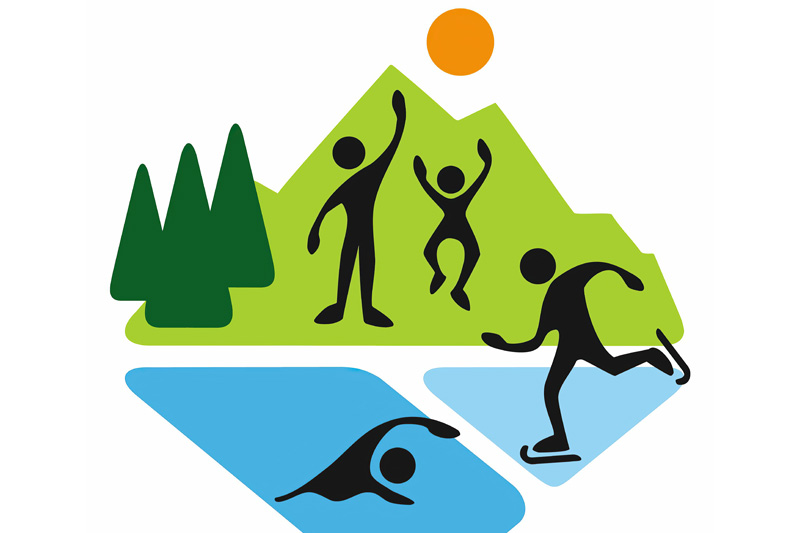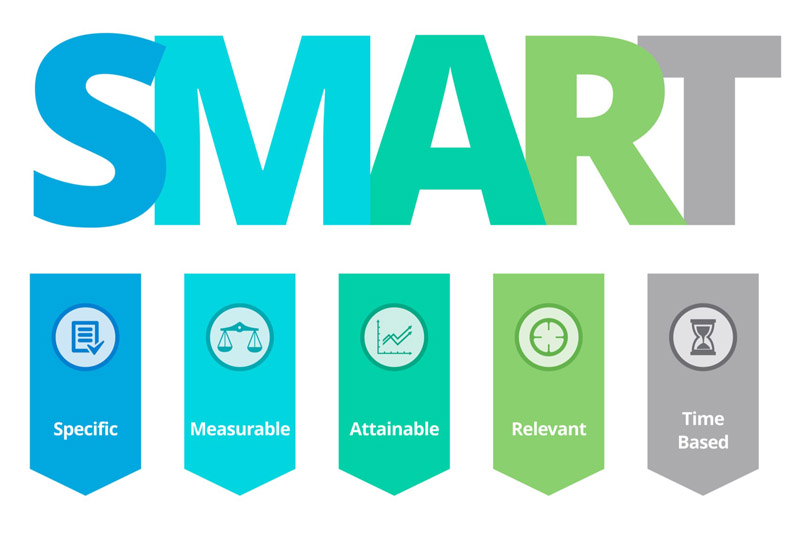It’s somewhat hard to believe that a year in lockdown has already gone by. To say it has been an interesting year would be an understatement. After all is said and done, and this human experience is in the rearview mirror, there is a lot that will be looked back upon and analyzed. One of the major realms that will undoubtedly receive a lot of attention will be education, particularly virtual learning.
Virtual learning is by no means a new idea or phenomenon. Virtual schools have existed for years now, but such schools were created for educational reasons and designed for specific situations. The pandemic, however, has thrown the vast majority, if not all of the world’s education systems into some form of virtual learning. Those who choose to attend virtual schools do so (for the most part) of their own volition. Over the last year, everyone has been thrust into virtual learning whether they wanted to or not, whether they thrive in such a situation or languish.
There is a notion in education as to whether or not the growth and implementation of technology will one day lead to a future where students can learn solely from an artificial educator. The current education system is built on top of a framework that was designed to educate students to have the skills and knowledge to be effective and efficient factory workers. In the early days of education, students would sit in desks and listen to a teacher at the front of a classroom. The teacher was a source of information that they would disseminate to their students, a sage on the stage. Fast forward to today, and the only difference in many of today’s classrooms is the colour of the board at the front of the room.
Education has gone through many “revolutions” where this, that, or the other thing was going to radically change how students learned. From radio to television and tablets, no one invention or innovation has really changed education in a fundamental way. The internet, however, offers one place that holds more information than anyone can ever hope to consume, and essentially renders the idea of a person at the front of a classroom who knows a lot of information obsolete. So who needs teachers? Are they commodities who will one day be completely replaced by screens and algorithms?
In my estimation, the past year of learning mostly online – which has had teachers using a lot of digital resources such as videos, podcasts, and the like – has shown us that replacing a classroom teacher with digital content is not a scenario that leads to optimal learning environments. Granted, our small school full of dedicated and passionate teachers has been able to make the best of the world’s current situation; it is likely that many students have found virtual learning less than ideal. Although having one-on-one guidance for each student would be the ideal scenario, even if you could fabricate a digital Aristotle to tutor every student based on his or her individual needs, it could never replace a real – in the flesh – educator. As technology continues to advance, the sage on the stage needs to transform into the guide on the side, helping students navigate the world wide web of information overflow and teach them how to learn and not necessarily what to learn.















